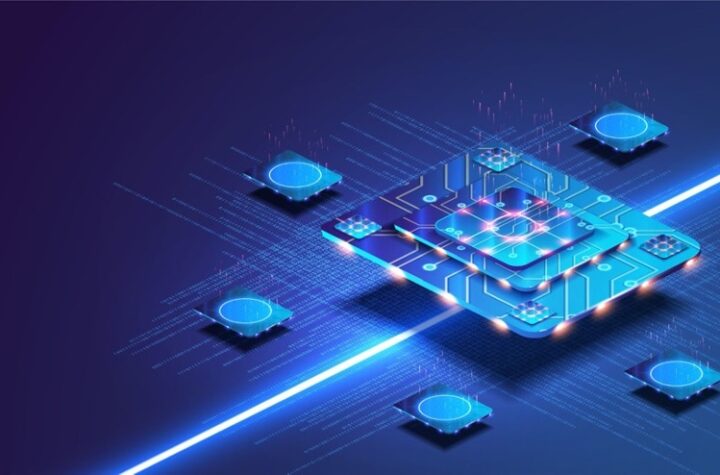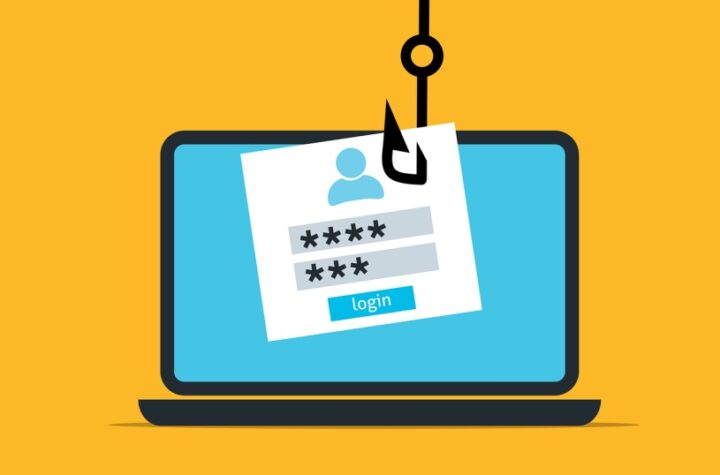
IoT is a hot topic in the workplace and is one of the most exciting areas of research and development in recent years. This writeup covers a range of issues, including using this growing technology, learning about the topic in general, understanding the impact of the IoT, and the auspices of our ever-connected future. The Internet of Things is changing the way consumer data is collected. As I said, we are starting with the very foundations of the Internet, which is a global network of information, interactions, and transactions.
Some IoT solutions and technology stack start with connecting, capturing, and communicating data and end with applications. IoT platforms essentially monitor the middleware that connects IoT devices and edge gateways to the applications used to handle IoT data. The IoT gateway and the IoT platform play an essential role in many network standards. More and more smart meters, smart thermostats, and smart lighting systems are becoming more and more.
LoRaWAN enables connections between networks, applications, servers, and the cloud. One of the most discussed IoT solutions, NB – IoT is compatible with LTE mobile networks and was developed with the help of cellular infrastructure. It is the world’s first and most popular wireless network for smart devices. However, the IoT technology stack can be easily divided into four essential technology layers that make the Internet of Things work. This three-layered architecture defines the basic idea of the Internet of Things and is sufficient for research in IoT, although research often focuses on the nuanced aspects. Having profiled most IoT solutions and technologies, we now look at the most critical elements of designing a practical IoT network.
The Internet of Things includes any object or thing connected to an Internet network, from factory equipment to factories to devices. We need a simple definition of a Consumer Internet of Things because consumer applications use consumer-oriented services, and we use them for their consumer-oriented services.
Once we have the devices, hardware, and software installed, there must be a layer that enables intelligent objects to exchange information with the rest of the IoT world. IoT devices can turn physical things into “IoT devices” so they can connect to the Internet to control and communicate information.
By 2022, the IoT is expected to generate an additional $344 billion in revenue and $177 billion in cost savings. There is no absolute definition of IoT, and no one can see what it means for everything in the long run. The only thing we can say about it is that IoT is growing, spreading, and will continue to do so. We must find a way to maximize the benefits of the Internet of Things while minimizing the risks without engaging in a polarizing debate that pits the promise of the Internet of Things against its potential threat. Tech analysts at IDC estimate that there will be more than 1.5 billion connected devices in the US by 2025.
As mentioned above, zettabytes of data are collected by IoT devices, passed through edge gateways, and sent to platforms for processing. Many IoT solution providers offer machine learning and artificial intelligence capabilities that make sense from the data they collect. This class of devices is commonly referred to as the Internet of Things (IoT), but it brings new security and data protection risks. Here are some types of IoT, and the people who coined the term “Internet of Everything” or “IoE” (invented by Cisco) have now dropped it altogether.
IoT is a growing network of associated objects that can collect and exchange data in real-time using embedded sensors. The IoT terminology is used for devices that generally do not have an Internet connection but can communicate with an independent network of human activity. To gain insights into human behavior, many significant data operations use information gathered from IoT solutions, devices and correlated with other data points.
Today, “IoT” has become more precisely “connected things” equipped with other technologies that allow them to transmit and receive data from other things. This includes the Internet of Things as we know it today and other systems and connected devices that exist outside of it. The majority of global IoT solutions tend to have individuals as end-users. We see them in companies such as Amazon, Google, Microsoft, Apple, Amazon Web Services (AWS).
IoT brings the power of the Internet of data processing and analysis to physical objects in the real world. The Internet of Things makes it possible to provide entities in a networked environment with data collection and communication capacities in a secure manner. It enables the development of new types of devices, such as smart thermostats and smart lighting, and allows them to expand their capacities into connected environments safely.




More Stories
AI & Machine Learning: Dedicated Servers with GPUs – Powering the Future
Methods to avoid phishing scams
Anonymous note-taking – Tips for maintaining your privacy